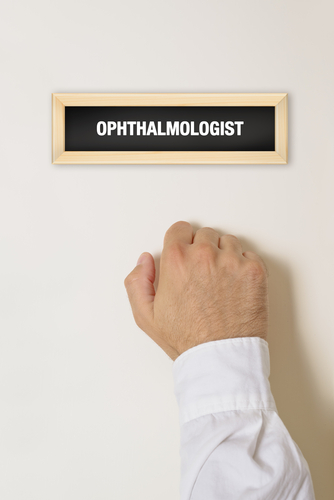High Level of Multiple Sclerosis Diagnoses Observed Among Patients with Inflammatory Eye Disease

 The first and largest study on the association between Multiple Sclerosis (MS) and Uveitis was recently presented at the 18th annual meeting of the American Academy of Ophthalmology. The meeting was held at the McCormick Place in Chicago between October 17-21, 2014.
The first and largest study on the association between Multiple Sclerosis (MS) and Uveitis was recently presented at the 18th annual meeting of the American Academy of Ophthalmology. The meeting was held at the McCormick Place in Chicago between October 17-21, 2014.
Uveitis is a disorder characterized by inflammation of the urea – the eyes’ layer and structures beneath the sclera (the white portion of the eyes). It is estimated that in MS patients, between 1 to 10 percent of them have uveitis, leading to irreversible nerve damage.
In this study, researchers at the Casey Eye Institute at the Oregon Health and Science University and the University of Heidelberg, Germany analyzed patients with uveitis from the Casey Eye Institute and University of Heidelberg database – 3,000 and 5,319 patients, respectively – between 1985 and 2013. A total of 113 patients, 24 from Casey Eye Institute and 89 from the University of Heidelberg, had both conditions and were included in the study follow-up.
Their analysis confirmed the high prevalence of MS with uveitis in the western world, namely the American and European population, where this association was OBSERVED 18 and 21 times more often, respectively. In the majority of patients, MS was diagnosed after uveitis diagnosis (56 %). In the rest of the cases, MS was diagnosed before uveitis (28 %) and simultaneously in 15%.
[adrotate group=”4″]
The authors also estimated the relative frequency of anatomical sub-types of uveitis in MS patients. They found that 80% of intermediate uveitis was found with MS diagnosis, in agreement with what was previously reported. Additionally, the researchers found anterior uveitis was present in approximately one in every six patients. Visual acuity however, is not impaired in the majority of these patients.
The authors acknowledge the study major limitation is the lack of brain magnetic resonance images of the participant patients, since it would allow to correlate uveitis with the neurological phenotype.






